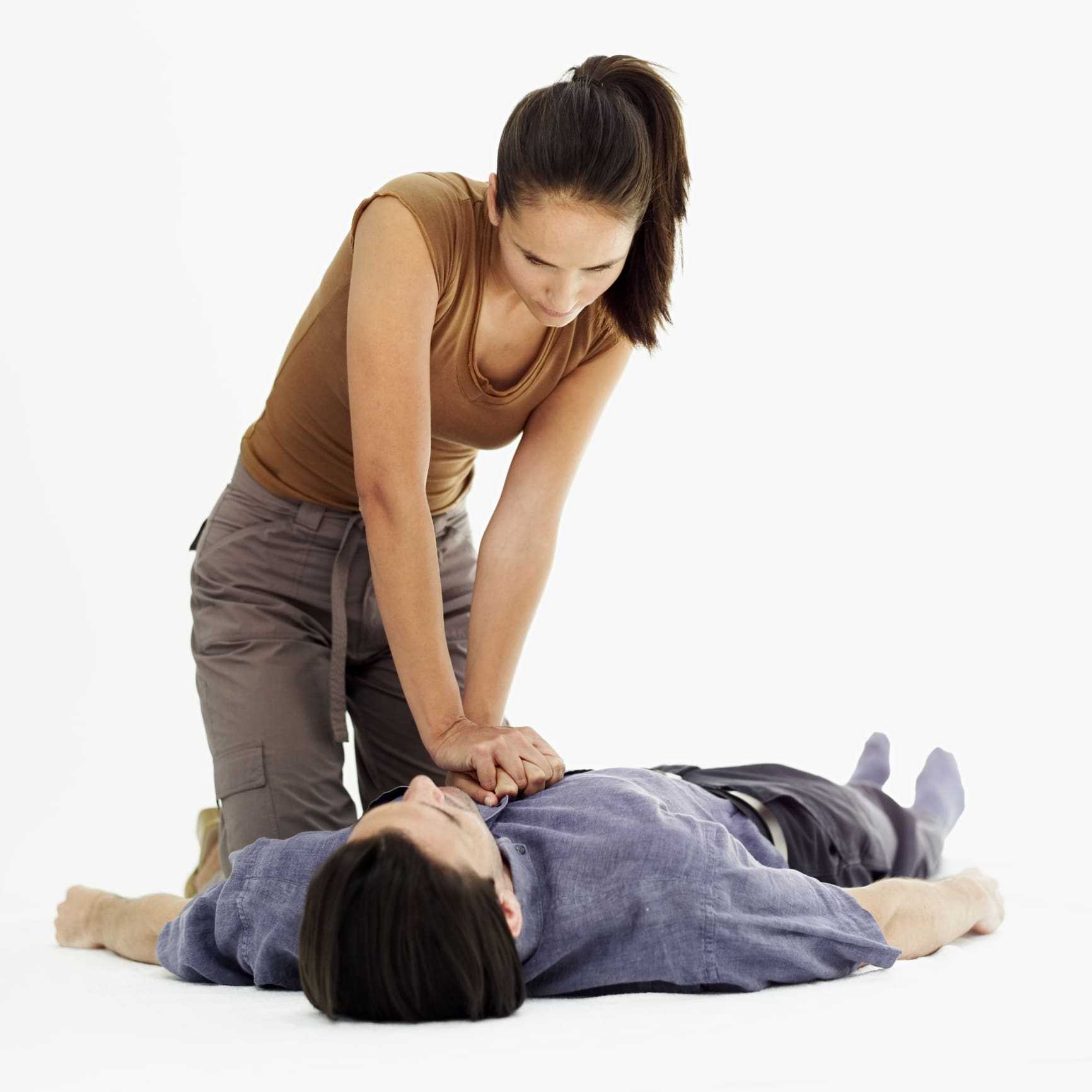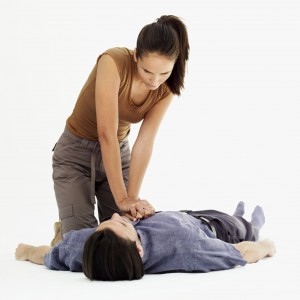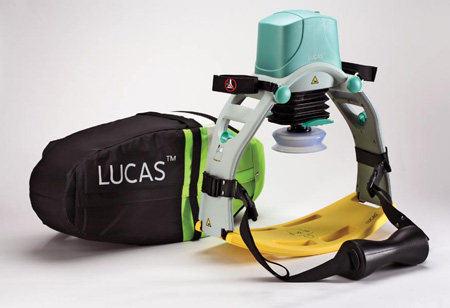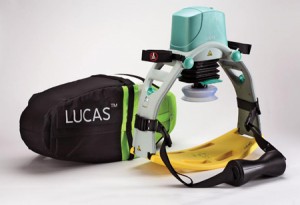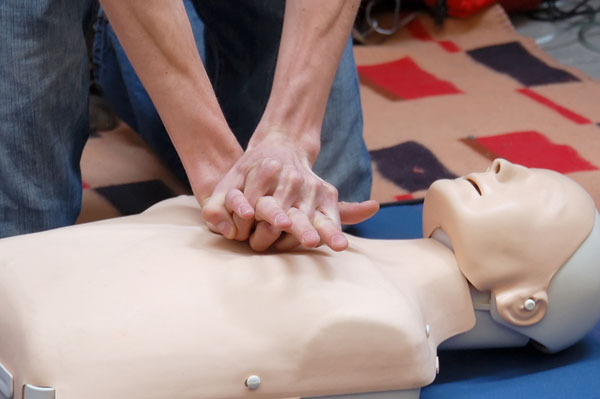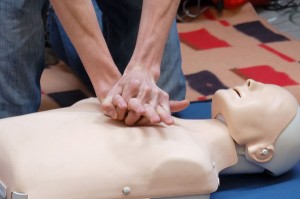When a young college student collapsed during class, nobody was prepared to perform CPR. The minutes ticked by, well into brain-damage territory, and still nobody stepped up. When security arrived, more precious time was lost because they left their equipment in the car.
This is not a cautionary tale. It’s Cory Wilson’s story.
Just last year Georgia Southern University had only nine automated external defibrillators (AED) on a campus of over 20,000 students.
Cory’s death motivated The Wilson family to raise money for accessibly located AEDs. The university now has 148
.
Had one person initiated CPR, Cory’s chances of survival would have increased 10 to 17 percent. That’s enough to have saved his life.
Learn CPR today. Be a hero.

